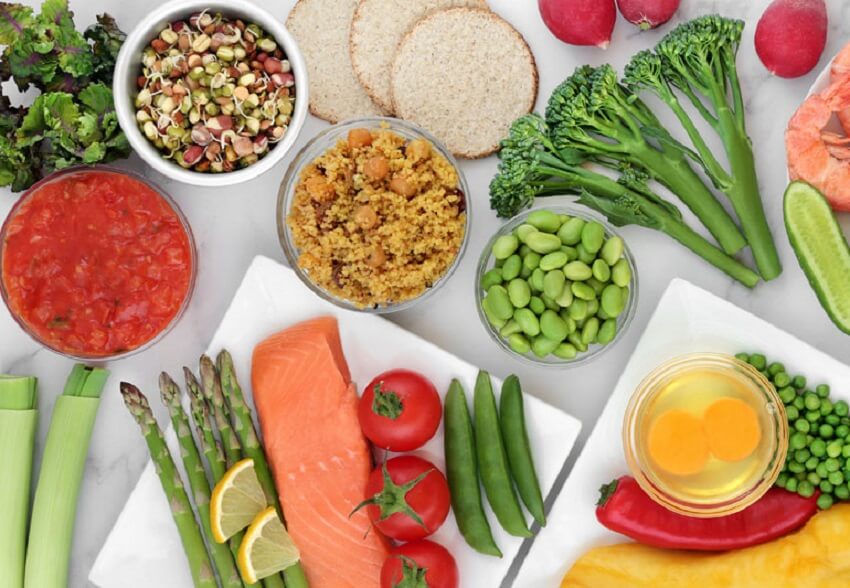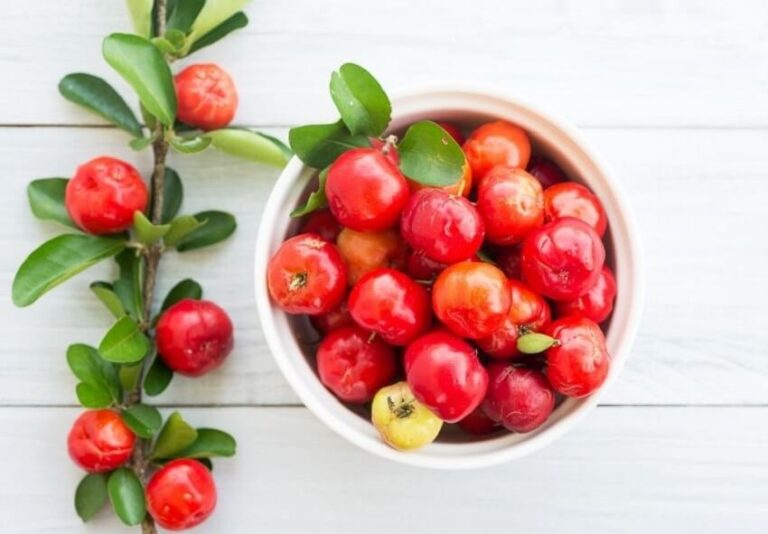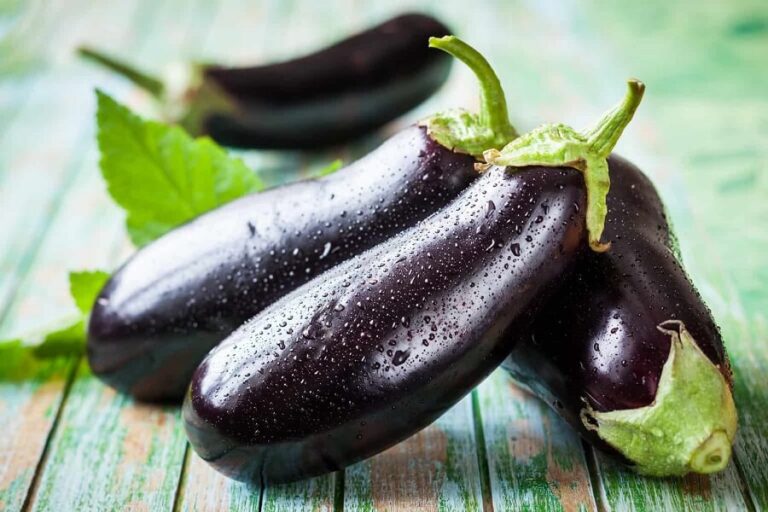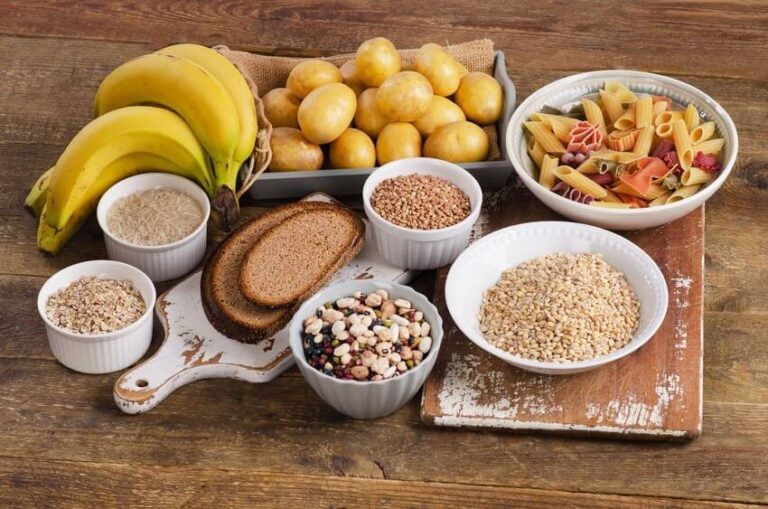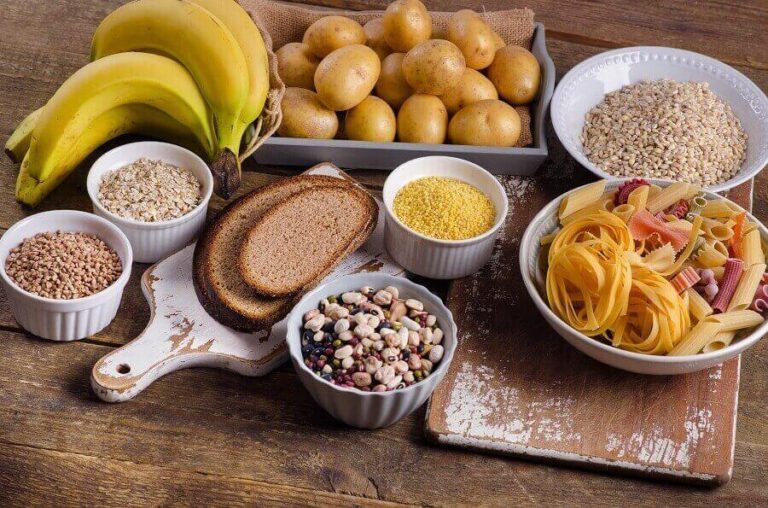Selecting foods with a low glycemic index is essential for people with diabetes and people with prediabetes. While it is widely known that sugar and sweet products fall into this category, the concept can be a bit more confusing when it comes to fruits.
As a general idea, it can be said that the more fiber and less sugar it contains, the lower its glycemic index.
In this article, you will find a list of 10 low glycemic index fruits and their carbohydrate content.
Glycemic index of fruits
The glycemic index (GI) is how the body absorbs the carbohydrates in fruits and other foods. This index is related to an increase in blood glucose levels.
The glycemic index scale goes from 0 to 100 units (100 is the maximum that corresponds to glucose ). A fruit with a glycemic index lower than 35 is considered low; between 35-and 60 is deemed medium.
The glycemic index of fruits is determined by the total content of fructose and glucose – the more they have, the higher the GI. Besides vegetable fiber, this type of carbohydrate contributes to lowering the GI.
The sweeter the fruit, the more simple carbohydrates it has and the higher the glycemic index. The more fiber or fat the fruits have, the lower the GI.
For example, the fruit with the lowest glycemic index is the avocado: a fruit with high fiber and vegetable fats; its GI is ten units. It is followed by the lemon – 20 units, then the berries, cherries, strawberries, and blueberries with about 25 units. For the price, the GI of watermelon and grapes is approximately 70-75.
List of low glycemic index fruits
As we mentioned earlier, the examples with low-glycemic fruit are those with low fructose and glucose and high fiber or fat content. Below you will see a list of fruits with a low glycemic index:
- Avocado – 10 units
From a botanical point of view, the avocado is a large berry. Its low glycemic index is explained by its high fiber content (7 g per 100 g of weight) and the presence of a significant amount of healthy vegetable fats (15 g per 100 g).
- Cherry – 25 units
Besides being a low glycemic fruit, the extra benefits of cherries are their natural antioxidants – anthocyanins – which give the fruit a deep dark red color. The cherry also contains vitamin A and C: 25% and 16% of the recommended amount per day in 100 g. Due to its low carbohydrate content, its glycemic index is only 25.
- Strawberries – 25 units
Strawberries (exactly like strawberries) contain a substantial amount of vitamin C. A small portion of 100 g covers the need for this vitamin by 97%. In addition, the fruit contains a minimum amount of carbohydrates of 8 per 100 g, with a glycemic index of 25.
- Raspberries – 25 units
Raspberries also fall into the category of low glycemic index fruits. In addition to being one of the fruits with the least carbohydrates, they are high in antioxidants and healthy pectins.
- Tangerines – 30 units
Most of the carbohydrates in mandarins are fructose: 11 g of 13 g contained in 100 g of fruit. Despite this, mandarins are high in fiber, so their glycemic index is low. Its close relative, the orange, is on the list of fruits with a medium GI.
- Blueberries – 30 units
Blueberries are a type of dark berry of Greek and Roman origin. Today they are grown in a large number of areas in the world. Like other berries, it is a low-glycemic fruit – about 30 units.
- Pears – 30 units
Although perhaps by intuition, you would not put pears in the category of low glycemic index fruits, they are. This is not because they contain low glucose or fructose content (clearly, they are sweet) but because of their high vegetable fiber content. It is essential to clarify that the GI value of this fruit may vary depending on the state of maturity.
- Peaches – Peach – 30 units
When we include the peach as a fruit with a low glycemic index, we must clarify that it is the fruit about to ripen. If the peach is soft, it can increase the GI up to about 60 units; over time, the fiber is transformed into sugars.
- Plums – 35 units
Plums have a glycemic index of 35, which is also considered low. In addition, 100 g provides 2% vegetable fiber, 190 mg of potassium, and 14 mg of calcium. Also, they have high amounts of vitamin C (9 mg), vitamin A (30 mcg), and vitamin E (0.7 mg).
- Passion fruit – 35 units
Passion fruit is one of the lesser-known low-glycemic fruits. In addition, the seeds of passion fruit contain polyphenols from the piceatannol group, associated with protection against insulin resistance in overweight adults. According to recent studies, piceatannol may also exhibit anti-cancer and anti-inflammatory properties. (6)
An insulin index of fruits
It is important to remember that the glycemic index assesses the rise in blood glucose without considering the actual effect on insulin levels.
The insulin index is the most accurate indicator for measuring insulin response to food. It is more accurate than the IG. This is because some foods like lean meats and certain types of carbohydrates create a different reaction in the body.
In the case of fruits, the insulin index is usually about ten units higher than the glycemic index. If they are combined with yogurt and other products with lactose, this can increase considerably. (2.3)
In addition, when selecting fruits for diabetics, the total glycemic load of the diet must be taken into account; this depends on the portion size of the food. For example, in terms of total insulin, a small serving of a high-GI fruit will be comparable to a larger serving of a low-glycemic fruit.
ABSTRACT
The fruits with the lowest glycemic index are avocado and berries. They are followed by peaches, passion fruit, and plums.
Knowing which fruits are low GI is essential to controlling blood sugar levels in people with diabetes.
Although the glycemic index is a valuable parameter, it is not the most accurate. When preparing a diet for type 2 diabetics, the glycemic load must also be calculated, and foods should be combined not to increase the insulin index.

